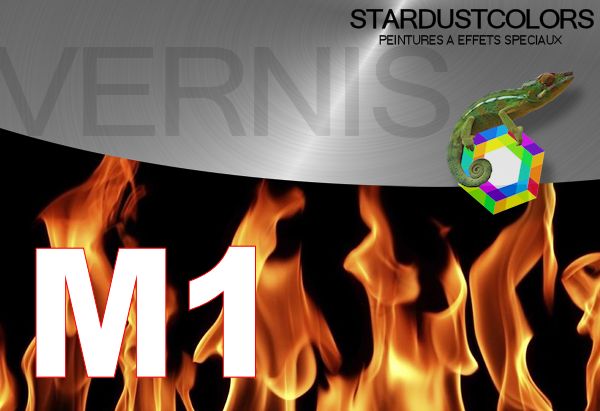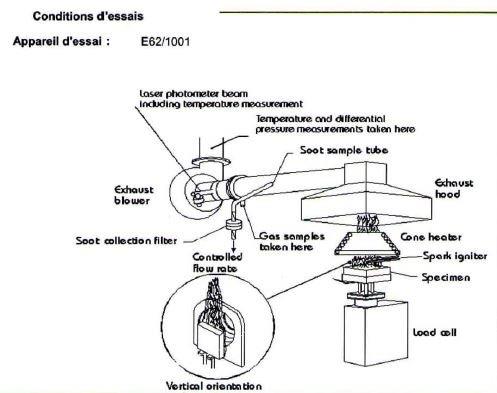 Standardized varnishes
Standardized varnishes
Of all special clearcoats, many clearcoats are formulated to meet a country, European or international standard. Standards are binding laws governing the characteristics and properties of a varnish.
There are thousands of them, stemming from knowledge relating to a particular field (example : the environment, the railway world, the science of corrosion, as well as their goal, is to describe and ensure the guarantee of a level of quality that a varnish that meets the standard must have at least. An example ? An M1 or M0 coating must be able to resist fire for 30 min or 60 min without igniting.
In the food world, a finish must not emit or release more than a specific level of molecules harmful to health, when brought into contact with water or oil, or even when warming up. In the field of corrosion, we find here the greatest number of tests and levels of resistance to the aggressive conditions of bad weather or maritime environments, reported metals.
Varnish to standards
The validity of a product is made by carrying out tests in a specialized test laboratory, by means of one or more tests, such as immersion in water, rubbing with alcohols, accelerated exposure to UVS, exposure in a salt fog box... Upon successful completion of these tests, a test report is drawn up, guaranteeing the performance of the product. This report comes from the laboratory or the very company that manufactures the product, when it is equipped with internal testing machines.
A standard varnish must therefore be delivered to the user by the company, with a technical data sheet and a document (PV) certifying the product's approval. Approved varnishes meet specific standards that refer to the text of the law. These tests are often valid for 5 or 10 years and must be renewed. It is important to respect the application conditions to benefit from the validity of the varnish according to its standard. For example, an M1 non-flammable varnish that has been tested and validated on metal should not be applied to wood.
 Food varnish
Food varnish
There are two types of standards for food varnish : indirect contact or direct contact. The second type is of course much more restrictive in terms of levels of migration of harmful elements, and also in terms of the number of tests.
Food-grade varnishes must also meet numerous constraints, in particular resistance to cold or hot water, washing, acids and detergents...
M1 flame retardant varnish
Very well known today, m1 flame retardant varnish is a transparent paint type coating, applied as a final layer on a given surface, which must resist ignition for 30 minutes. Today, this standard has been superseded. There are various standards depending on the field, which govern the performance of the varnishes, their release of toxic fumes, their participation in the propagation of the flame, and their resistance of course.
Technical varnish
Specific protective varnish
Special effect varnish
Water-based varnish
Textured varnish



















































































